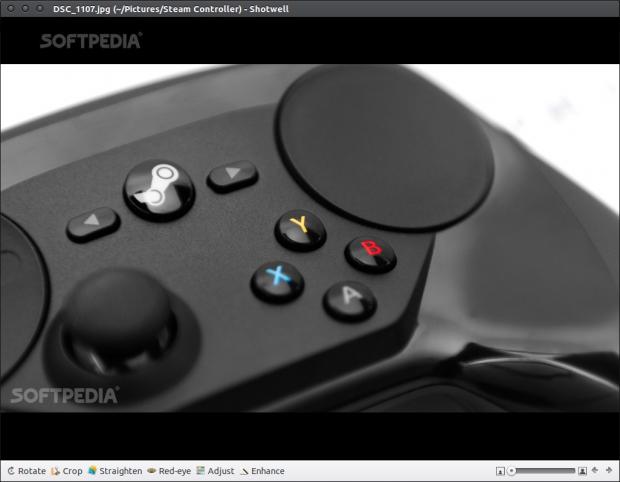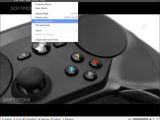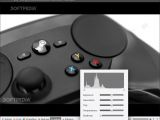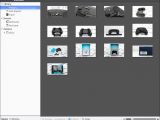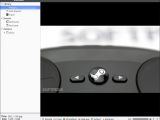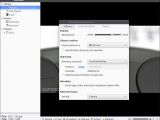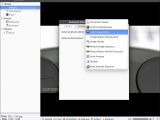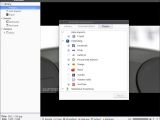Shotwell is an image viewer and photo manager that's implemented by default in a number of distros, including Ubuntu. It's more versatile than people give it credit for, so we'll try to see what some of the cool things you can do with it are.
Shotwell has been around for a long time, and most people don't even notice it anymore. It's doing its job as an image viewer, but the truth is it can do a lot more than that. Unfortunately, when something is implemented by default for so many years, it's difficult to notice new stuff. Also, the image viewer is not exactly one of the most interesting pieces of software shipping with a new distro.
The application replaced F-Spot in Ubuntu and a few other distros many years ago, but it looks like it's heading in the same direction if developers don't keep on improving it. For now, Shotwell is in a sort of a limbo, and its future is pretty unclear.
Shotwell was developed by the Yorba Group, the same ones who were working on Geary. Yorba has disbanded and Shotwell is currently part of the GNOME stack, but it's not clear whether it has a maintainer. In a couple of months, it will be a year since the last update for it, at which point it's going to become a subject of interest for people who build distros and who will want to know if they will continue to integrate it.
Installation
As I said before, the application is very well known, and it's already present by default in Ubuntu and a few other distributions. That doesn't mean that it's available for all, so if you want to install it, you might want to check the local repository.
This is a really small app, and it's easy to install. A source package is also available, so if you want to compile it (not sure why), there is also that possibility.
Usage
Shotwell is the application that opens up when you click on an image. It looks simple enough, and it does its job as a viewer, but Shotwell can be opened separately. From the general outlook, we can do quite a few interesting things.
Opening the application by clicking on a photo only brings up the image and some options for it. At the bottom of the window we have a few important options like Rotate, Crop, Straighten, Red eye, Adjust, and Enhance. There is also a zoom slider. The same options can be found in the main menus, along with a few others.
Now, if we open Shotwell from the launcher, we get a different view, which is more encompassing. From here we can import larger collections of images, and make changes to each one individually. We also have the option of creating a slideshow for the background, and there are plugins to connect to online sources.
 14 DAY TRIAL //
14 DAY TRIAL // 
